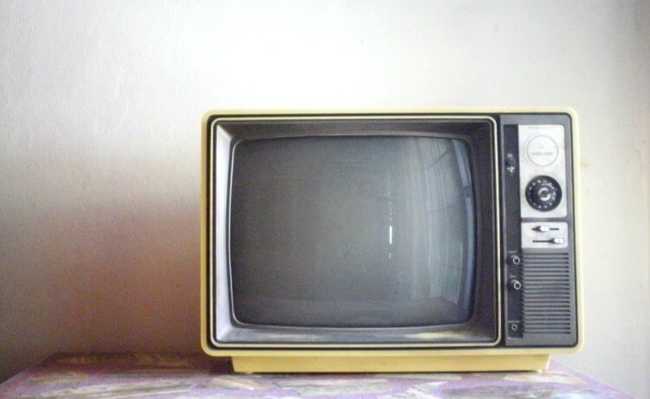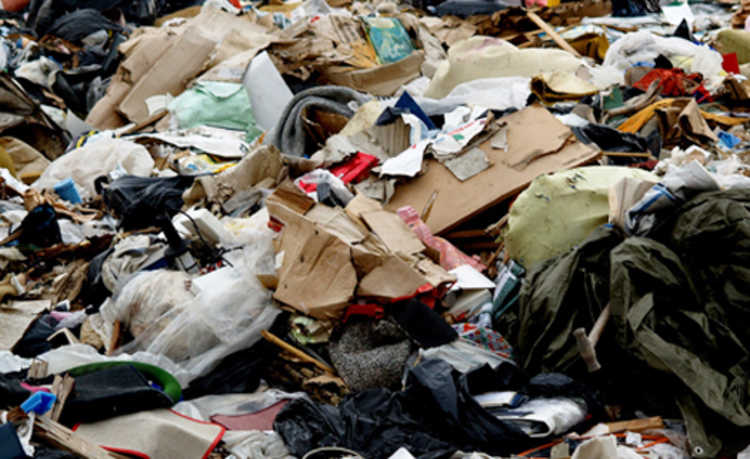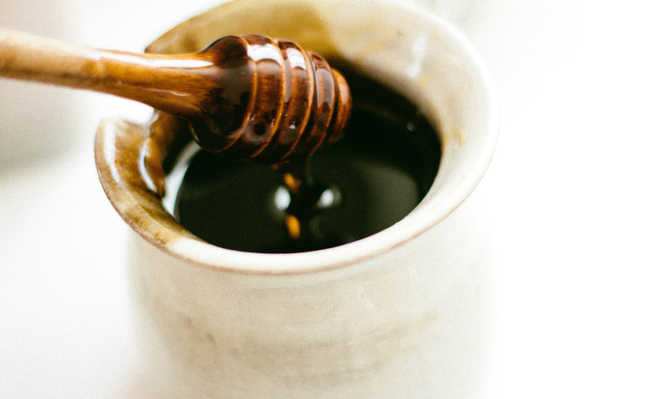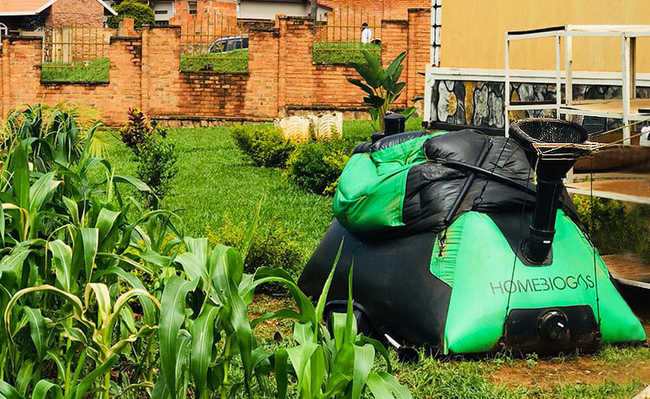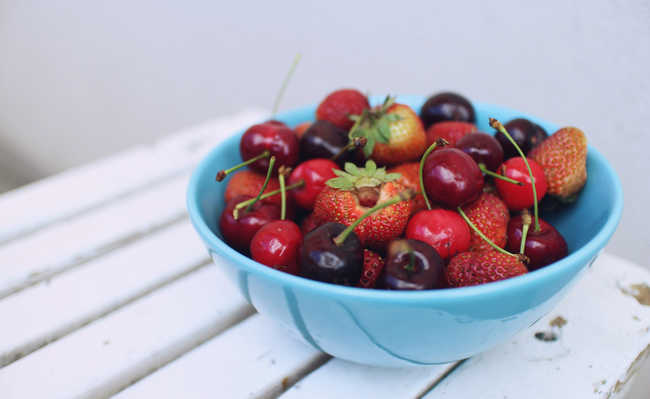What is the best pot for cooking?
Know what materials are bad for your health and what is the best pot for cooking
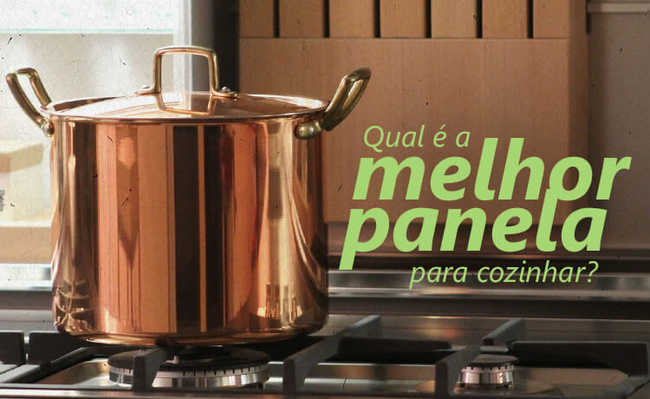
What is the best pot for cooking? Among the best pans are those that cook well, are healthy, and are sustainable. To help better understand this issue, the eCycle portal made a list of cookware available on the market, their advantages and disadvantages. Check out:
- What is conscious consumption?
1. Surgical steel

Image available in Pikrepo under CC0
If it's not the most expensive pan of all, the surgical steel pan is certainly one of the most expensive. But that has its whys. The surgical steel pan, like ceramic and porcelain pans, is non-porous. In addition, it has protection against scratches, does not retain any type of cooking residue and does not contaminate food. The surgical steel pans on the market have several levels of cooking, are resistant and have the ability to distribute heat throughout the pan, not just the base. This type of pot is also a strong candidate for the best cooking pot list. The surgical steel pan valve lets you know when the temperature is right and some brands offer up to 50 year warranty!
- Ceramics: is there recycling?
- What to do with broken ceramic objects?
2. Stainless steel/steel

Photo by Toa Heftiba Şinca on Pexels
The main advantage is that the pans do not oxidize. Furthermore, the material is resistant and distributes heat evenly across its surface. What prevents the stainless steel pan from occupying the position of the best pan for cooking is the fact that its composition contains nickel, which is extremely toxic, and which comes off the pan during use. Even though the amounts of metal released are small, as in the case of the aluminum pan, there is still no consensus among researchers about the level of toxicity of pans made with these materials. But studies show that its use is not indicated for allergic people. Exposure to nickel and its compounds can cause allergies and lead to the development of cancer.
- Environmental impacts of aluminum and its properties
3. Copper

Stefano Ferrario image by Pixabay
Like stainless steel, copper pans are good heat conductors. But they cannot be used to cook all kinds of food. When coming into contact with salt or acidic foods such as tomatoes, lemons and vinegar, copper may come off the pan. Pay attention to what kind of food is made in this type of pan, as it is not the best pan for cooking, as copper poisoning can cause nausea, abdominal pain, gastrointestinal problems and, in the long term, kidney damage and in the liver. The advantage is that it can be recycled.
- Salt: uses, importance and risks
- White Vinegar: 20 Amazing Uses
4. Iron

Paul Heubusch image by Pixabay
The use of this type of pan has some health benefits. In a research carried out at Unicamp, the transfer of the mineral present on the surface of iron and soapstone pans to food was proven, transforming them into important allies in the fight against anemia. The same was found for stainless steel pans. But be careful with maintenance. It can rust easily and, if rubbed, the rust can come off. It is best to wash it with hot soapy water, let it dry over the fire, and spread a film of oil over its surface before storing to prevent rust. And they can be recycled.
- Iron: importance and impacts of its extraction
- Iron deficiency anemia: what it is and what are its symptoms
5. Nonsticks

Stock Image Snap by Pixabay
This is the most controversial type of pan available on the market. But it is far from being the best pan for cooking, as its composition includes perfluorooctanoic acid (PFOA) and polytetrafluoroethylene (PTFE), both extremely problematic. PTFE, when exposed to high temperatures, releases toxic gases such as fluorocarbons that cause flu-like symptoms. Already PFOA, according to studies, is linked to the development of kidney and liver cancer, thyroid problems, heart problems and many other complications. The compounds present in non-stick cookware are also notorious obesogenics. If your non-stick pan is scratched or its surface is peeling off, dispose of it immediately.
6. Clay

Image of Sheila Brown by Public Domain Pictures
Indicated for making liquid or broth foods, such as soups, sauces, beans and stews. Like a ceramic pot, it takes a long time to heat up, but retains the heat for a long period of time. The clay pot is made of a natural material that is not harmful to health and the environment; it can easily enter the list as the best cooking pot. The downside is that foods with low water content can become dry if cooked in this pan.
- Beans: benefits, contraindications and how to do it
- If US residents traded meat for beans, emissions would be drastically reduced, research says
7. Ceramics

Image available at Pxhere
Despite being a little more expensive than other pans, the investment is worth it, as they are easy to clean, non-stick and heat-conserving. But pay attention to a certification that points to the use of non-toxic materials in manufacturing. Research carried out in Israel says that the paint present in uncertified cookware may contain lead or cadmium, which comes off during food preparation. Also, it takes longer than usual to heat up, which causes energy consumption to increase.
- Lead: applications, risks and prevention
- The risks of cadmium contamination
- Ceramics: is there recycling?
8. Soapstone

Lysippos, Soapstone pot, CC BY-SA 3.0
The soapstone pot is indicated for the preparation of the same types of food that can be made in a clay pot. A Unicamp student proved that this type of pot, like the clay pot, also transfers iron to food; which makes this type of pan a good candidate for the position of best pan for cooking. The care is that, as it is porous, it requires special attention when being washed, so that there is no proliferation of microorganisms. To do this, heat it over low heat, so that the pan does not crack from the thermal shock.
9. Glass

Jtfolden, Corning LeCLAIR (VISION) 2.5L Stewpot, CC BY-SA 4.0
One of the safest models for health, the pan made of this material has no contraindication whatsoever. It is easy to clean and does not pass any substance to the food during preparation. On the other hand, it is expensive, heavy, fragile and cannot be recycled because it is made with tempered glass.
- Are all types of glass recyclable?
10.Titanium
This type of pan is one of the newer types and therefore one of the most expensive. Nutritionist Késia Quintaes says in her book "Por Dentro das Panas", that titanium pans are not harmful to health, since there is no contamination of the food prepared in them. Furthermore, they are more resistant. Titanium pans can also be used to store food after it is ready. Titanium is even used by industry to coat copper pans and prevent this element from mixing with the food inside. They do not require the boiling that we recommend in stainless steel pans, as there is no release of material in the food, says Késia.
- How to dispose of steel wool?
- Is steel can recyclable?
11. Porcelain
Porcelain is a variety of hard, white and translucent ceramics, prepared with kaolin. The difference between porcelain and other ceramic products is that porcelain is more resistant and is completely free of porosity and loudness. Despite being more expensive, it is a type of pan that keeps the food temperature longer. On the other hand, being a thermal insulating material, the porcelain pot takes longer to heat up. You must be careful not to use metal objects to scrape what has stuck to the pan, instead wooden utensils are indicated. In addition, it is necessary to avoid immersing the hot porcelain pot in cold water, as there may be irreparable damage caused by thermal shock.
- Porcelain: how, where to dispose and recycle
12. Aluminum
The cheapest model of pan is also the subject of much debate. USP researchers found that aluminum and stainless steel cookware can release heavy metals during food preparation. When boiling a solution of 4 liters of water and 10 grams of salt for 3 hours, there was a release of 20 milligrams of metal for each liter of water. In addition, those who use a dishwasher have the disadvantage of seeing their aluminum pans darken over time. On the other hand, the World Health Organization (WHO) points out that the metal is safe in its culinary applications. And aluminum pans can be recycled.
13. Silicone
Silicone cookware, used mainly in microwave ovens, is far from being the best cooking pot model. That's because many people report odors when cooking with silicone molds; with the potential to be toxic. However, it remains to be seen whether silicone cookware is really harmful to health.
- Silicone: what is it, what is it for and what are its environmental impacts
But then, which one to buy?
There isn't exactly a best pot for cooking - it depends on the uses you put it to. The idea is to keep in mind the functionality of each model to get the most out of your games. However, do not purchase models that contain PFOA and PTFE (non-stick). Aluminum ones are also not very recommended, due to the possibility of the material coming off in the food.
Therefore, glass, ceramic, clay, porcelain, iron, soapstone and surgical steel models are the ones that pose the least risk to human health, as long as they comply with the standards established for this type of equipment. When purchasing these pans, try to conserve them as much as possible, as recycling is not yet possible for some materials.
Next, metal, titanium and copper models can be good options if used correctly. Making a combination of pans, taking into account each of their characteristics, can also be a solution. A mix of copper and ceramic or clay pots to prepare saltier acidic foods is a possibility.
When you need it, visit our recycling stations page to find the places closest to your home and properly dispose of your used pans or other objects that need to be properly disposed of.



